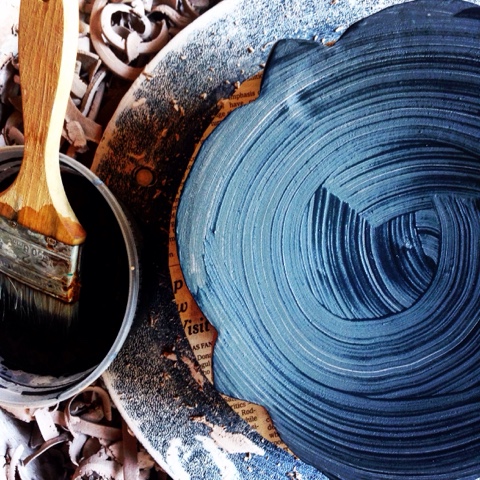A quick sinapus, this project premise was to do the preliminary R&D for a small run of dessert plates for possible use as support for a Patron project that's being put together specifically for our studio's friends and neighbors here in Stockton.
I wanted the main feature of the project to subtly communicate community, generosity, and delight. A lot of my personal joy is found in preparing and sharing meals with friends and family. It's always been a path to connection for me. Dispite the small size, the plates are thrown thick using a liberal amount of clay. The result is a visual generosity reviled by the undulating soft cut rim. The heft and balance is very comforting in the hands and works serves its function extremely well, to act as a frame and pedestal for a special delight... Dessert
Now that I have the first round of R&D green ware in hand, it's become apparent that when the work is set out on the kiln shelf, there's a bit more room to grow into. I'm not sure if (slightly) bigger is necessarily better, but in making the next round, an inch and a half will be added onto the diameter. If the extra clay used to get to the new size doesn't make the pieces too heavy or affect their balance, I might as well go bigger and use the kilnshelf space if it's there.
















